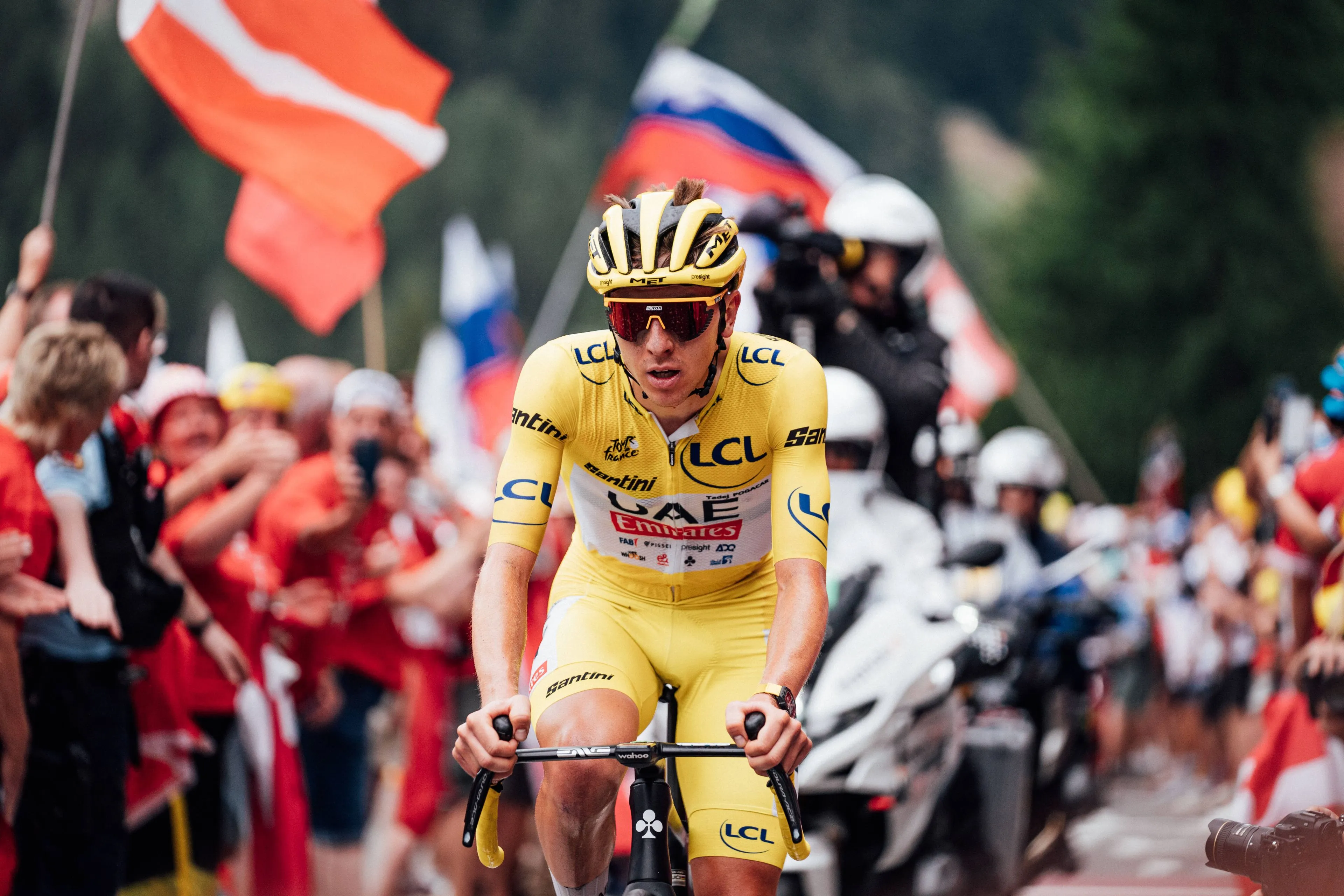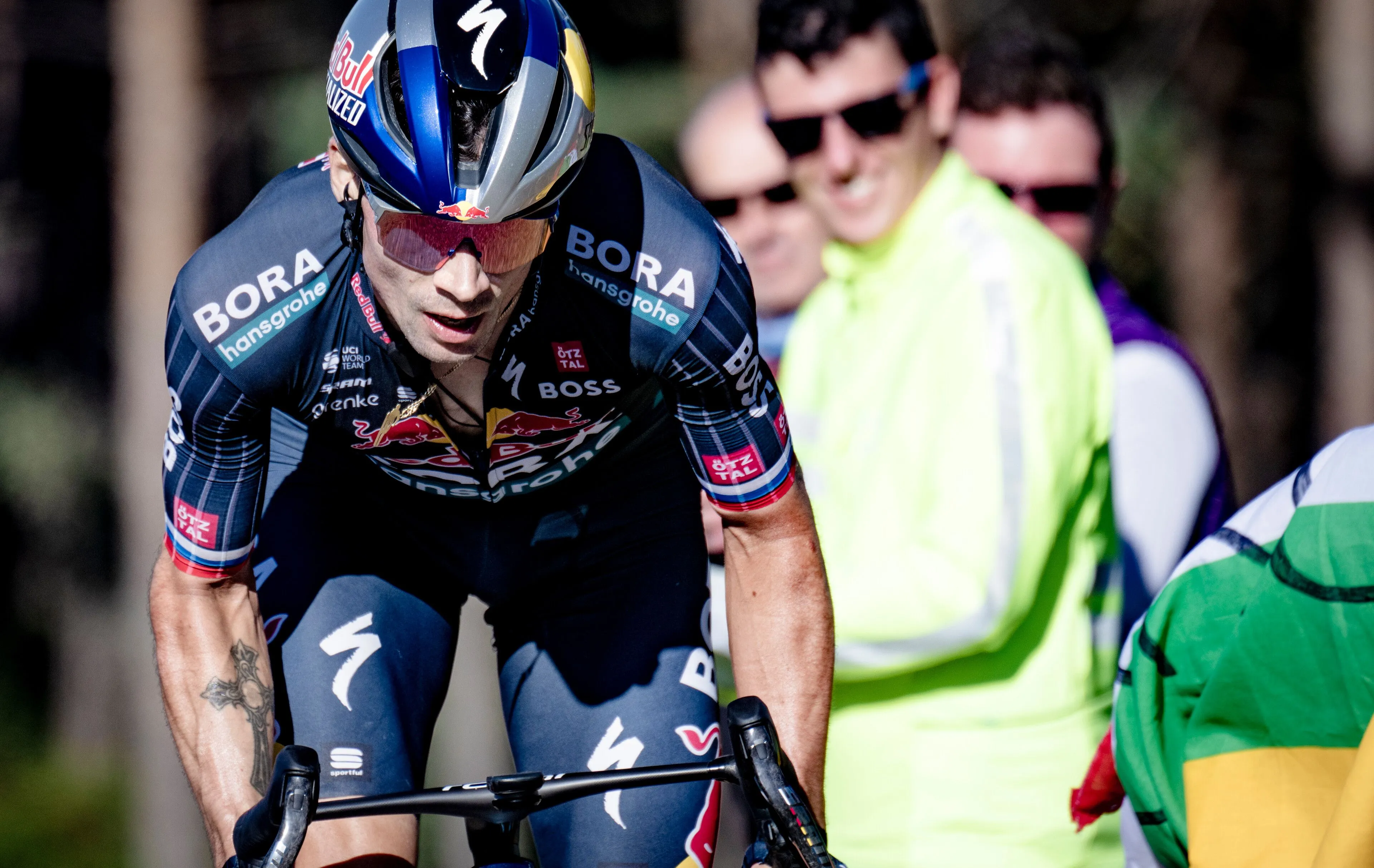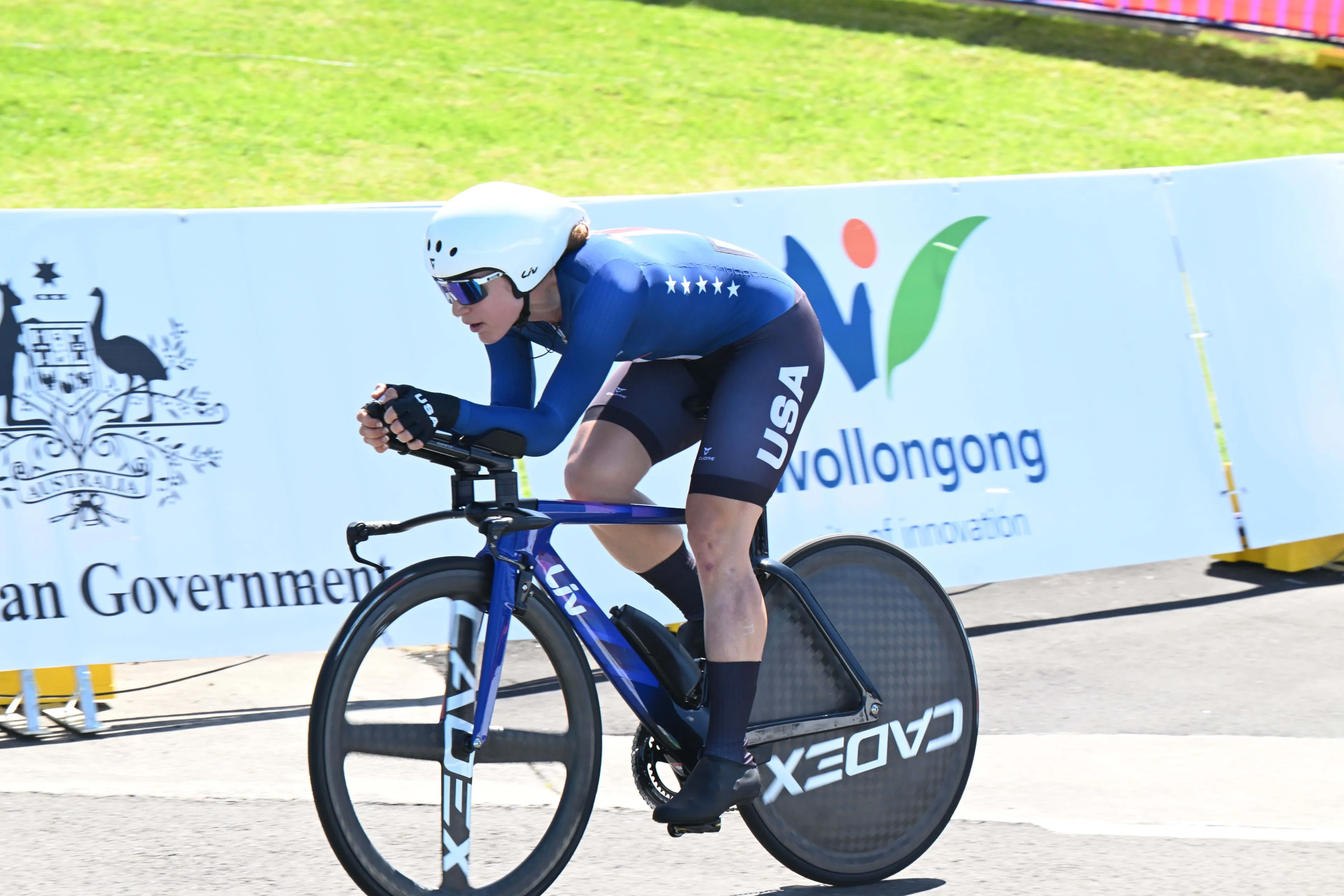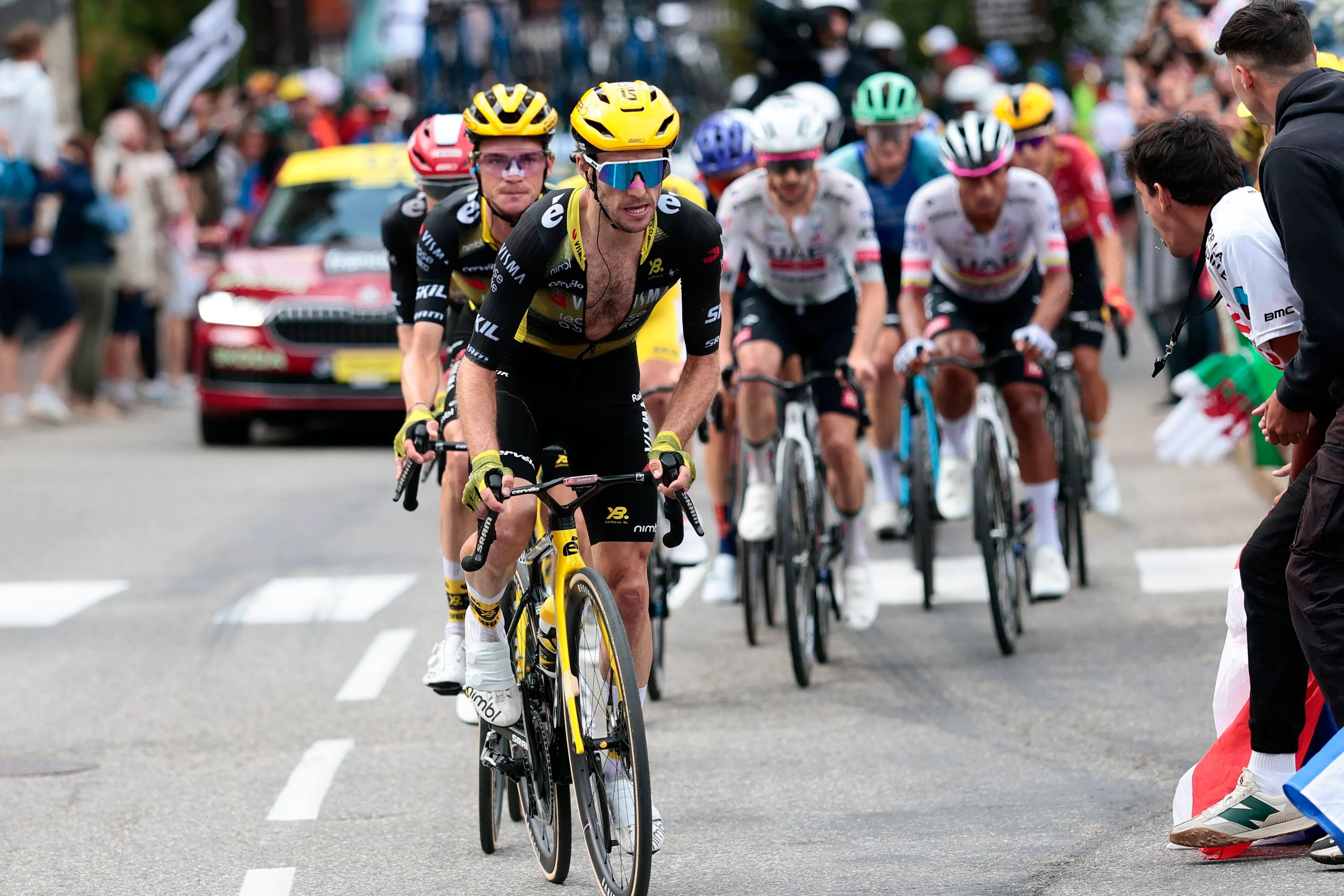ANALYSIS: A deep dive into Flanders' love affair with cyclocross
CyclocrossThursday, 24 October 2024 at 11:45
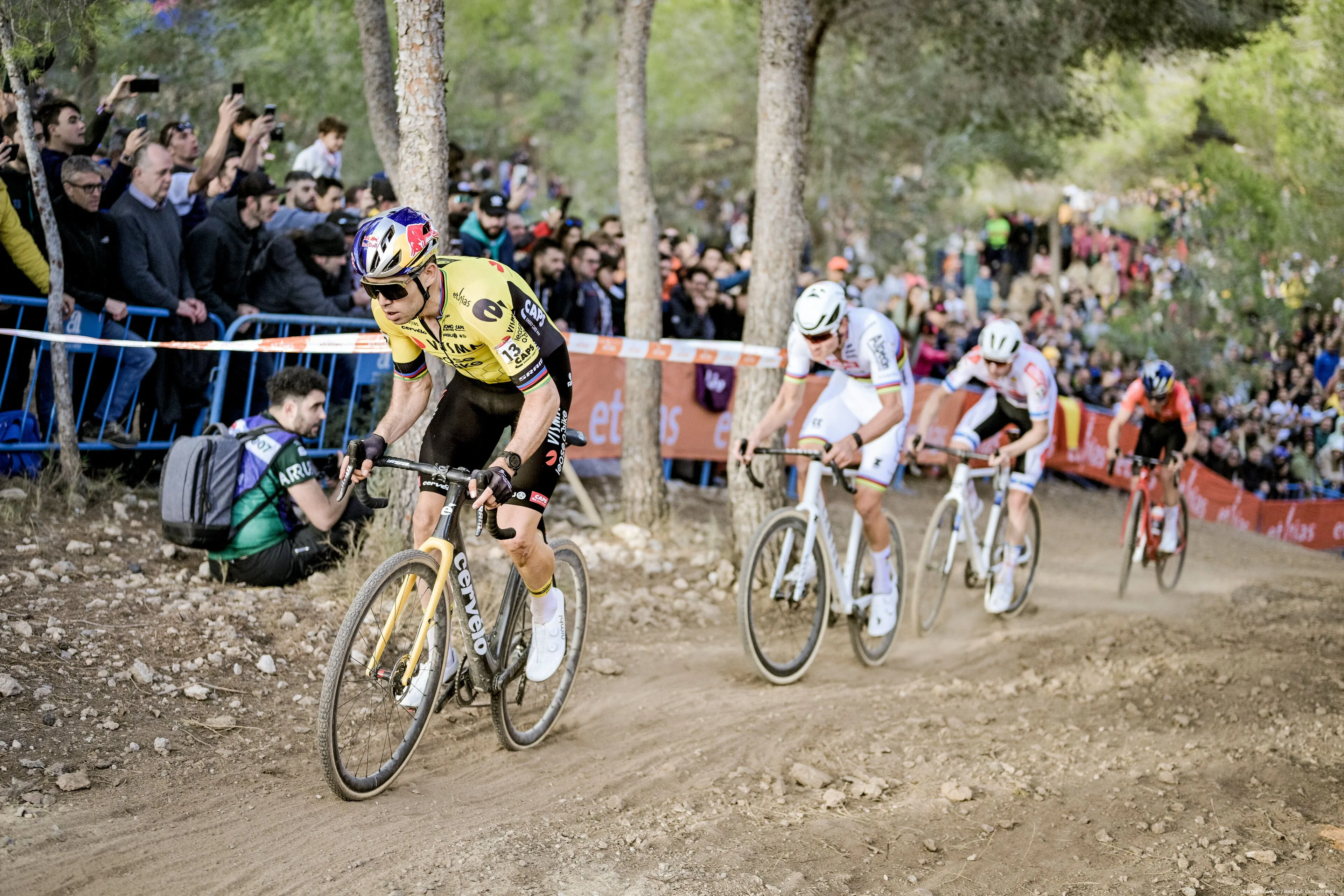
Cyclocross is a sport like no other, blending athletic
endurance with technical skill, and the conditions couldn’t be more fitting: it
takes place from October to February, with mud, cold, and unpredictable weather
as standard. It involves skidding through sand, dismounting and carrying the
bike on shoulders, and mud, a whole lot of mud.
While cyclocross is an emerging
sport in many parts of the world, in the Flanders region, it has a dedicated
following and a rich tradition. But why is it so popular in this region?
Read also
The early roots of cyclocross
Although cyclocross is immensely popular in Flanders, its
roots actually trace back to France. Cyclocross’ beginnings are nearly as old
as the bicycle itself, dating back to the early 20th century when cyclists
started testing the ruggedness of their machines in rough terrain. Daniel
Gousseau, a French soldier and later the secretary-general of the French
Cycling Union, is widely credited with the sport's invention. Gousseau would
cycle through forests alongside his horse-mounted general, and soon enough, he
started organizing races for others to join him. In 1902, he organized the
first French cyclocross championship.
Despite its French origins, it was in the Flemish region of
Belgium that cyclocross truly found a home. By the mid-20th century,
Belgium—especially Flanders—had embraced the sport, and it became a key part of
the country’s cycling culture.
Read also
The popularity of cyclocross in Flanders is tied to the
region’s long history with cycling. Belgium has always been a cycling
powerhouse, producing legends in road cycling like Eddy Merckx and Tom Boonen, and Remco Evenepoel and Wout van Aert in modern times.
In Flanders, cycling isn’t just a sport, it’s part of the culture. The cobbled
roads and challenging terrain make cycling an integral part of daily life, and
this extends to the muddy, rugged courses of cyclocross.
Cyclocross became a natural fit for the Flemish people,
especially because of its appeal during the winter months when road racing is
less viable. The sport allows cyclists to stay in peak condition during the
offseason, and its challenging conditions are well suited to the rough weather
of northern Europe. What might be seen as brutal weather for some is the
perfect backdrop for the muddy, tough courses of cyclocross.
Cyclocross on TV
Cyclocross enjoys significant popularity on television in
the Flanders region, where it competes with football as one of the
most-watched sports. In Belgium, cyclocross events regularly draw large TV
audiences, particularly during the winter when road cycling has wound down.
Events like the UCI Cyclocross World Cup and Superprestige series dominate the
sports schedule, with fans tuning in to see their local heroes race across the
muddy tracks.
Read also
In terms of comparison, while football remains king in
Europe, cyclocross holds a unique position in Flanders. It's common for
thousands of fans to line up at the race courses, braving the cold and rain to
cheer on their favorite riders. The sport’s growing viewership is a true example to how ingrained it has become in Flemish culture.
Why are Flemish riders so good at cyclocross?
The success of Flemish cyclists in cyclocross is not a
coincidence. The region has a long history of producing world-class cyclists,
and the tough terrain and weather conditions are ideal training grounds for
cyclocross riders. From an early age, Belgian riders are exposed to cyclocross,
and many of the best road cyclists in Belgium, like Wout van Aert and Mathieu
van der Poel from the Netherlands, started their careers in the sport.
The emphasis on technique, power, and the ability to handle
a bike in unpredictable conditions has made Flemish riders masters of
cyclocross. The courses, often wet and muddy, require constant dismounting,
running, and remounting of the bike, skills that Flemish riders have honed over
years of practice in their local terrain.
Read also
Is gravel a threat to cyclocross?
Gravel cycling is on the rise worldwide, offering riders a
chance to explore new terrain on bikes built for rugged conditions. But how do
gravel bikes differ from cyclocross bikes? While the two bikes may seem
similar, there are key differences. According to an article by Felt Bicycles,
the principal difference between a cyclocross bike and a gravel bike is the
geometry. Cyclocross bikes have steeper angles for sharp handling on technical
courses, while gravel bikes are built for comfort on long, rough rides. Gravel
bikes typically have more tire clearance, allowing for fatter tires to handle
rocks, dirt, and even snow.
With gravel racing gaining popularity, some may wonder if it
poses a threat to cyclocross. However, the answer is a clear no. Cyclocross
remains the ultimate spectator sport, thanks to its short, intense courses that
allow fans to see their favourite riders pass by multiple times in a single
race. Gravel races, while exciting in their own right, are typically longer and
spread out over enormous distances, making them less spectator-friendly. In
Flanders, the two sports can coexist, but cyclocross will always have a special
place in the hearts of local fans.
Read also
Who is cyclocross GOAT?
When discussing the greatest cyclocross rider of all time,
many would argue that title belongs to Erik De Vlaeminck. De Vlaeminck, a
Belgian legend, was a seven-time world cyclocross champion, with over 200
career wins. His dominance in the 1960s and 1970s helped cement Belgium’s
status as a cyclocross powerhouse. He was renowned for his technical skill,
ability to read a race, and a seemingly relentless winning streak.
Albert Zweifel, a Swiss cyclist, was also a five-time world
cyclocross champion during the same era. Sven Nys, another Belgian legend,
carried the sport into the modern era, winning two world championships and nine
Belgian titles during his career.
Read also
But in recent years, the sport has been dominated by two
names: Mathieu van der Poel and Wout van Aert. Van der Poel, a six-time world
cyclocross champion, is widely considered one of the greatest all-round
cyclists in history, having also won world titles in road and gravel racing.
His rivalry with Van Aert, a three-time cyclocross world champion, has defined
the sport for the past decade. Last season, Van der Poel dominated the
cyclocross calendar, winning 13 out of the 14 races he entered, continuing his
reign at the top of the sport.
Why isn't cyclocross as popular in the UK?
While cyclocross enjoys immense popularity in Belgium and
the Netherlands, the sport hasn’t quite reached the same heights in the UK,
where cross-country running is more popular. The question is, why hasn’t this
translated to cyclocross?
One factor could be cultural. Cross-country running has long
been a staple of UK school sports, and its simplicity and accessibility have
made it the go-to winter endurance sport. In contrast, cyclocross requires not
only a bike but a specific set of skills, and the infrastructure to support the
sport isn’t as developed as in Belgium.
Read also
However, there are signs that cyclocross is growing in the
UK. Tom Pidcock’s victory at the 2022 World Championships brought attention to
the sport, but it’s worth noting that neither Van Aert nor Van der Poel
competed in that race, somewhat diminishing its impact. Despite this, Pidcock’s
success, alongside the rising popularity of gravel racing, could help
cyclocross grow in the UK, although it will certainly be difficult for British riders to catch up to those from Belgium or the Netherlands.
What to watch this season
The cyclocross calendar is packed with action, and fans
won’t want to miss the World Cup, which kicks off in Antwerp on November 24th.
December and January promise a busy schedule, culminating in the 2025 World
Championships, which will take place on February 1st and 2nd in Liévin, France.
With fierce rivalries between Van der Poel, Van Aert, and Pidcock, this season
promises to be another thrilling one for cyclocross fans.
Cyclocross is more than just a sport in the
Flanders region, it’s a way of life. Its history, the challenging nature of its
courses, and the region’s deep connection to cycling have made it the beloved
winter pastime it is today. Whether battling through the mud or watching from
the side-lines, the people of Flanders know that cyclocross is a sport that they truly rule.
claps 1visitors 1
Just in
Popular news
Latest comments
- Quite a surprise, he's been a model Pro and as a nasty Brit I'm rather proud of what he's achieved. I sat watching, absolutely gutted for him on the Finnestre in 2018 but for many of us what he did this year was unexpected but brilliant (despite rooting for Isaac). Chapeau Simon, thanks for giving us something to cheer for, have a great retirementslappers6608-01-2026
- Nordhagen? develop this young talent.
 maria2024202408-01-2026
maria2024202408-01-2026 - Young Del Toro seem to have dealt with pressure exceptionally well last year. The Maglia Rosa lose last year was due to tactics, not pressure. It was a former young team mate of his (whose name rhymes with Caruso) who time and again didn't cope well. It's very reasonable to use Isaac as a super domestic for Tadej in TDF and avoid yet another leadership friction in the Giro. UAE team could have been honest about it, when the main reason is seemingly clear. Nothing wrong about it.BM08-01-2026
- „We’re not asking anything of him, except that he’s there.“ … what was the problem with Ayuso then?Ketterechts08-01-2026
- What an overtly bias story!whit2pet08-01-2026
- The result at the TDF is independent of whether he rides Giro or not. 2nd at the TDFabstractengineer08-01-2026
- I wouldn't write them off for monuments any more than I would write off everyone competing against MVDP and Tadej. These two are the only clear favorites, but, if something happens Quick- Step has as good a chance as anyone.mij08-01-2026
- look at Remco and Egan. careers cut short if not permanently changed due to offseason crashes on the road. crashes happen, sadly, and being in competition does not make it any more or less likely.mij08-01-2026
- Makes sense. Finally got the Giro monkey off his back. Got a stage in all three GTs. He's never going to win the Tour, and probably isn't super fussed about fighting the young guns for leadership at other stage races. Why not just go out on a high?antipodeanpedalfan08-01-2026
- Everyone begins and ends life the same way. It's what we do in the middle that counts.paule08-01-2026
Loading
Write a comment


